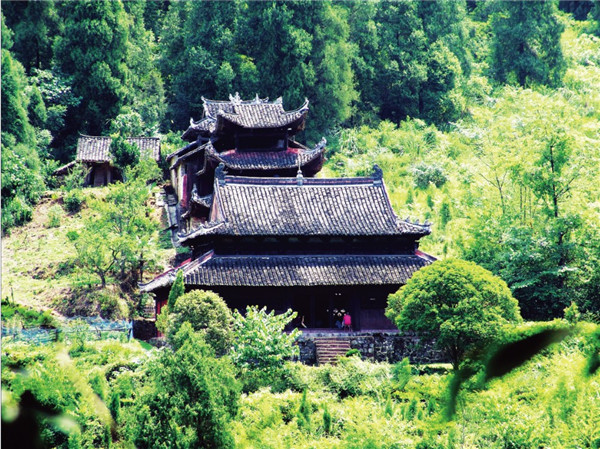 |
|
A Tusi site in Hunan. [File photo] |
Ruins of the Tangya Tusi fortress, one of the three Tusi sites added to UNESCO's World Heritage List last year, opens to public on Saturday, the Chinese Cultural Heritage Day.
The site, located in Xianfeng county of central China's Hubei province and covering more than 100 hectares, is about the size of 140 football fields and even bigger than the Forbidden City in Beijing.
The fortress was first built in the early Yuan Dynasty (1271 - 1368), before its later owners expanded it.
The Tusi system was a political regime adopted by feudal Chinese emperors to govern ethnic minority regions.
Tusi was a tribal leader appointed as an imperial official by the central government. Chieftains ruling the Tangya Tusi territory were surnamed Qin, who handed down the power to 18 generations in more than 460 years, until the Qing Dynasty (1636-1912), when chieftainship was abolished and the fortress was abandoned.
In the Tangya site today, the ancient government offices are gone, but alleys are preserved and statues, a cemetery as well as an ornately decorated memorial archway still stand there.
The other two Tusi sites included in the UNESCO world heritage list along with Tangya are the ruins of Hailongtun castle in Guizhou province and the Yongshun old Tusi town in Hunan province.
|
|
|
|
|
|
|
|
